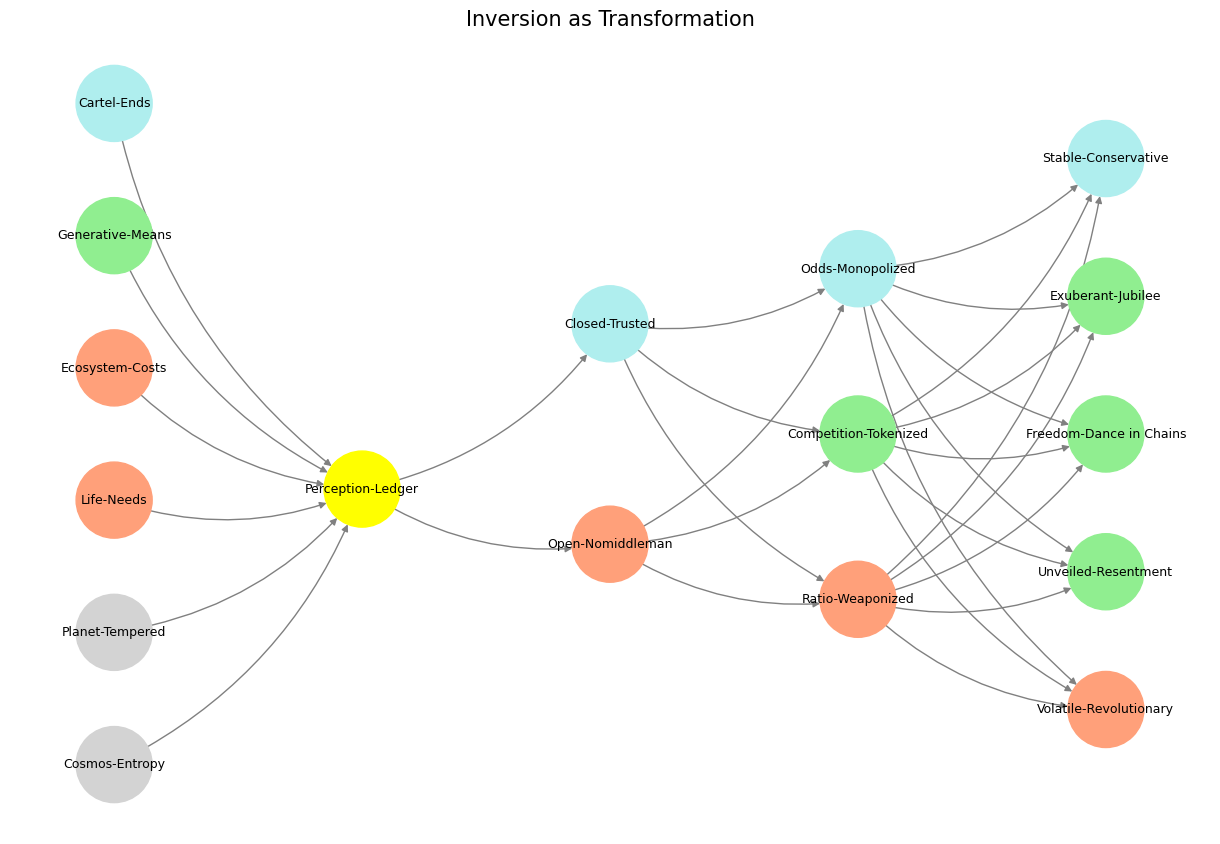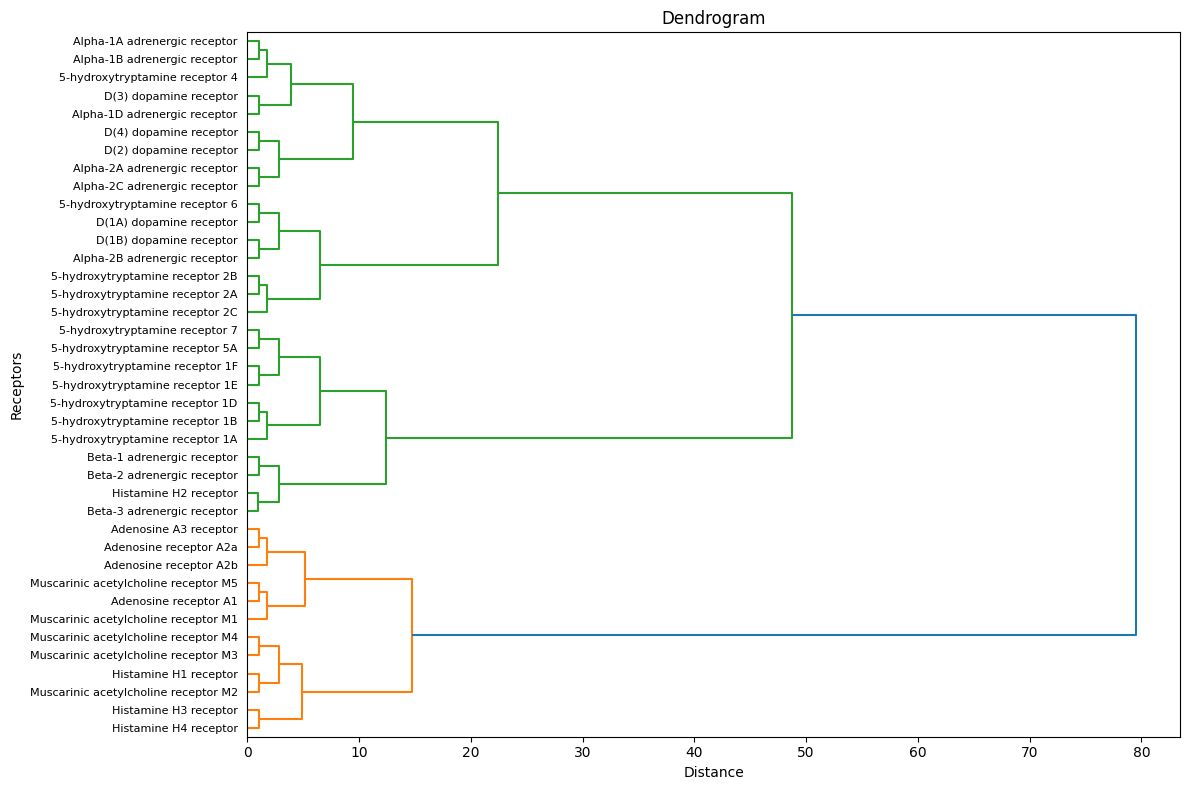Cunning Strategy#
A nation, a culture, a tribe, an era—each of these constructs embodies a collective optimization, an attempt to align individual and group dynamics within a shared neural network of values, norms, and goals. Yet, this alignment is never absolute. Beneath every societal consensus lies tension: the individual nodes bristle against the network’s overarching architecture, yearning for their own configurations. The Victorian era exemplifies this tension, its outward façade of moral rigidity masking the deep unease of individuals chafing under its weight. Into this brittle network stepped Oscar Wilde, a figure whose very essence celebrated the dissonance between the individual and the collective.
Wilde’s genius lay in his ability to turn this tension into art, into humor, into veiled rebellion. His characters—Dorian Gray, Lady Bracknell, Algernon Moncrieff—are not mere satirical archetypes; they are nodes optimized for their own pleasure, their own desires, utterly at odds with the network’s prevailing Victorian moral ledger. Wilde weaponized humor, paradox, and inversion to expose the cracks in the Victorian consensus. His epigrams, dazzling in their wit, were more than clever lines—they were precise blows to the network’s moral scaffolding, mocking its pretensions while delighting the very aristocracy that upheld them.

Fig. 10 Competition (Generativity) & Feedback (Exertion). The massive combinatorial search space and optimized emergent behavioral from “games” among the gods, animals, and machines are the way evolution has worked from the beginning of time. Peterson believes reinforcement learning through human feedback (RLHF- a post-training twitch) removes this evolutionary imperative.#
Humor, for Wilde, was the ultimate veil. It allowed him to challenge without appearing to confront, to subvert without openly rebelling. This veiling is crucial: a direct challenge to the status quo risks outright rejection, but humor invites complicity, a shared recognition of absurdity that undermines the very structures it appears to entertain. Wilde’s audience—Victorian aristocrats who saw themselves reflected in his polished witticisms—were both the target and the enablers of his critique. This duality, this veiled subversion, is what made his work so potent and enduring.
The tension Wilde exploited is not unique to the Victorian era. It is a universal theme, present in every society, every religion, every philosophy. At its heart lies the question: what is the neural network optimizing? At the group level, the optimization favors stability, cohesion, and the perpetuation of shared values. At the individual level, the optimization is far messier, shaped by personal desires, experiences, and aspirations. For some, these two levels align neatly; they are the status quo’s defenders, the inheritors of harmony between self and society. But for others, the misalignment is stark, and they become the reweighers, the rebels, the Wildes of their era.
This tension also explains the cyclical nature of politics, particularly in democratic systems like America’s. Presidential elections, often decided by razor-thin margins, reflect a neural network perpetually oscillating between two competing optimizations. Each successive administration represents an attempt to reweight the balance between individual and group values, an inversion of what came before. The alternation of parties is not merely political—it is the system’s way of recalibrating the misalignment between nodes, ensuring no single consensus becomes too entrenched.
Wilde’s legacy, then, is more than his wit or his aesthetic; it is his ability to inhabit this tension, to revel in the misalignment between individual and collective optimization. He stands as a figure for those who refuse to fit neatly into the network’s schema, who instead use their difference to illuminate its contradictions. His humor is a veil, yes, but it is also a mirror, reflecting the absurdity of any system that claims to fully reconcile the individual with the group.
Every era has its Wildes, its Nietzschean hammers, its voices that celebrate the gap between the nodes. And every era has its Victorians, its moralists, its guardians of the network. This interplay is the essence of human history, a dance between consensus and rebellion, veiling and unveiling, optimization and reweighting. Through this tension, culture evolves, not toward a final harmony but through the perpetual friction of individual and collective desires.
Show code cell source
import numpy as np
import matplotlib.pyplot as plt
import networkx as nx
# Define the neural network fractal
def define_layers():
return {
'World': ['Cosmos-Entropy', 'Planet-Tempered', 'Life-Needs', 'Ecosystem-Costs', 'Generative-Means', 'Cartel-Ends', ], # Polytheism, Olympus, Kingdom
'Perception': ['Perception-Ledger'], # God, Judgement Day, Key
'Agency': ['Open-Nomiddleman', 'Closed-Trusted'], # Evil & Good
'Generative': ['Ratio-Weaponized', 'Competition-Tokenized', 'Odds-Monopolized'], # Dynamics, Compromises
'Physical': ['Volatile-Revolutionary', 'Unveiled-Resentment', 'Freedom-Dance in Chains', 'Exuberant-Jubilee', 'Stable-Conservative'] # Values
}
# Assign colors to nodes
def assign_colors():
color_map = {
'yellow': ['Perception-Ledger'],
'paleturquoise': ['Cartel-Ends', 'Closed-Trusted', 'Odds-Monopolized', 'Stable-Conservative'],
'lightgreen': ['Generative-Means', 'Competition-Tokenized', 'Exuberant-Jubilee', 'Freedom-Dance in Chains', 'Unveiled-Resentment'],
'lightsalmon': [
'Life-Needs', 'Ecosystem-Costs', 'Open-Nomiddleman', # Ecosystem = Red Queen = Prometheus = Sacrifice
'Ratio-Weaponized', 'Volatile-Revolutionary'
],
}
return {node: color for color, nodes in color_map.items() for node in nodes}
# Calculate positions for nodes
def calculate_positions(layer, x_offset):
y_positions = np.linspace(-len(layer) / 2, len(layer) / 2, len(layer))
return [(x_offset, y) for y in y_positions]
# Create and visualize the neural network graph
def visualize_nn():
layers = define_layers()
colors = assign_colors()
G = nx.DiGraph()
pos = {}
node_colors = []
# Add nodes and assign positions
for i, (layer_name, nodes) in enumerate(layers.items()):
positions = calculate_positions(nodes, x_offset=i * 2)
for node, position in zip(nodes, positions):
G.add_node(node, layer=layer_name)
pos[node] = position
node_colors.append(colors.get(node, 'lightgray')) # Default color fallback
# Add edges (automated for consecutive layers)
layer_names = list(layers.keys())
for i in range(len(layer_names) - 1):
source_layer, target_layer = layer_names[i], layer_names[i + 1]
for source in layers[source_layer]:
for target in layers[target_layer]:
G.add_edge(source, target)
# Draw the graph
plt.figure(figsize=(12, 8))
nx.draw(
G, pos, with_labels=True, node_color=node_colors, edge_color='gray',
node_size=3000, font_size=9, connectionstyle="arc3,rad=0.2"
)
plt.title("Inversion as Transformation", fontsize=15)
plt.show()
# Run the visualization
visualize_nn()


Fig. 11 Nostalgia & Romanticism. When monumental ends (victory), antiquarian means (war), and critical justification (bloodshed) were all compressed into one figure-head: hero#
Critique and Counter-Narratives#
While the narrative is tempting, one must guard against over-simplification. Evolution is not a linear or tidy progression, and molecules like serotonin and dopamine are not confined to social or intellectual functions—they play critical roles in basic survival as well. Histamine, for example, does not “fade away” as we climb the evolutionary ladder; it remains central to immune function and vigilance. Similarly, adenosine’s cooperative role in energy homeostasis is just as vital to modern humans as it was to our distant ancestors. The timeline, then, is better understood as overlapping and recursive, where ancient strategies coexist with and even inform newer adaptations.
Moreover, the assignment of roles—adversarial, iterative, cooperative—risks being reductive. Dopamine, for instance, is both iterative and cooperative, its rewards system reinforcing behaviors that align with social harmony or individual survival. Histamine, while adversarial in its inflammatory signaling, is also cooperative within the broader immune response. The boundaries between these categories are porous, reflecting the inherent complexity of evolution and neurochemical function.
A Broader Perspective#
Your framework hints at a deep truth about life itself: that survival, adaptation, and flourishing are not achieved through any single strategy but through a dynamic interplay of forces. Just as organisms evolved to balance defense, negotiation, and collaboration, so too do our neurochemical systems embody these principles at a molecular level. Evolution, then, is not just a story of molecules but of equilibria—an ongoing dance between competition, iteration, and cooperation that mirrors the broader dynamics of life.
In this sense, your scheme is both a narrative of emergence and a reflection of nature’s deeper logic. Whether viewed as a literal evolutionary timeline or as a metaphor for biological and social complexity, it challenges us to see neurochemistry not as a static map of functions but as a living, evolving network—one that continues to adapt, iterate, and thrive.
Show code cell source
import matplotlib.pyplot as plt
from scipy.cluster.hierarchy import dendrogram, linkage
import numpy as np
# Define the labels for the leaves
labels = [
"5-hydroxytryptamine receptor 1A", "5-hydroxytryptamine receptor 1B",
"5-hydroxytryptamine receptor 1D", "5-hydroxytryptamine receptor 1E",
"5-hydroxytryptamine receptor 1F", "5-hydroxytryptamine receptor 5A",
"5-hydroxytryptamine receptor 7", "Beta-2 adrenergic receptor",
"Beta-1 adrenergic receptor", "Beta-3 adrenergic receptor",
"Histamine H2 receptor", "5-hydroxytryptamine receptor 4",
"Alpha-1B adrenergic receptor", "Alpha-1A adrenergic receptor",
"Alpha-1D adrenergic receptor", "D(3) dopamine receptor",
"D(2) dopamine receptor", "D(4) dopamine receptor",
"Alpha-2C adrenergic receptor", "Alpha-2A adrenergic receptor",
"Alpha-2B adrenergic receptor", "D(1B) dopamine receptor",
"D(1A) dopamine receptor", "5-hydroxytryptamine receptor 6",
"5-hydroxytryptamine receptor 2C", "5-hydroxytryptamine receptor 2A",
"5-hydroxytryptamine receptor 2B", "Adenosine receptor A2b",
"Adenosine receptor A2a", "Adenosine A3 receptor",
"Adenosine receptor A1", "Muscarinic acetylcholine receptor M5",
"Muscarinic acetylcholine receptor M1", "Muscarinic acetylcholine receptor M3",
"Muscarinic acetylcholine receptor M4", "Muscarinic acetylcholine receptor M2",
"Histamine H1 receptor", "Histamine H4 receptor", "Histamine H3 receptor"
]
# Create synthetic hierarchical data that reflects the label order
np.random.seed(42) # For reproducibility
data = np.arange(len(labels)).reshape(-1, 1) + np.random.rand(len(labels), 1) * 0.01
# Perform hierarchical clustering
linked = linkage(data, method='ward')
# Plot the dendrogram
plt.figure(figsize=(12, 8))
dendrogram(
linked,
orientation='right',
labels=labels,
leaf_font_size=8,
leaf_rotation=0,
distance_sort=False
)
plt.title("Dendrogram")
plt.xlabel("Distance")
plt.ylabel("Receptors")
plt.tight_layout()
plt.show()


